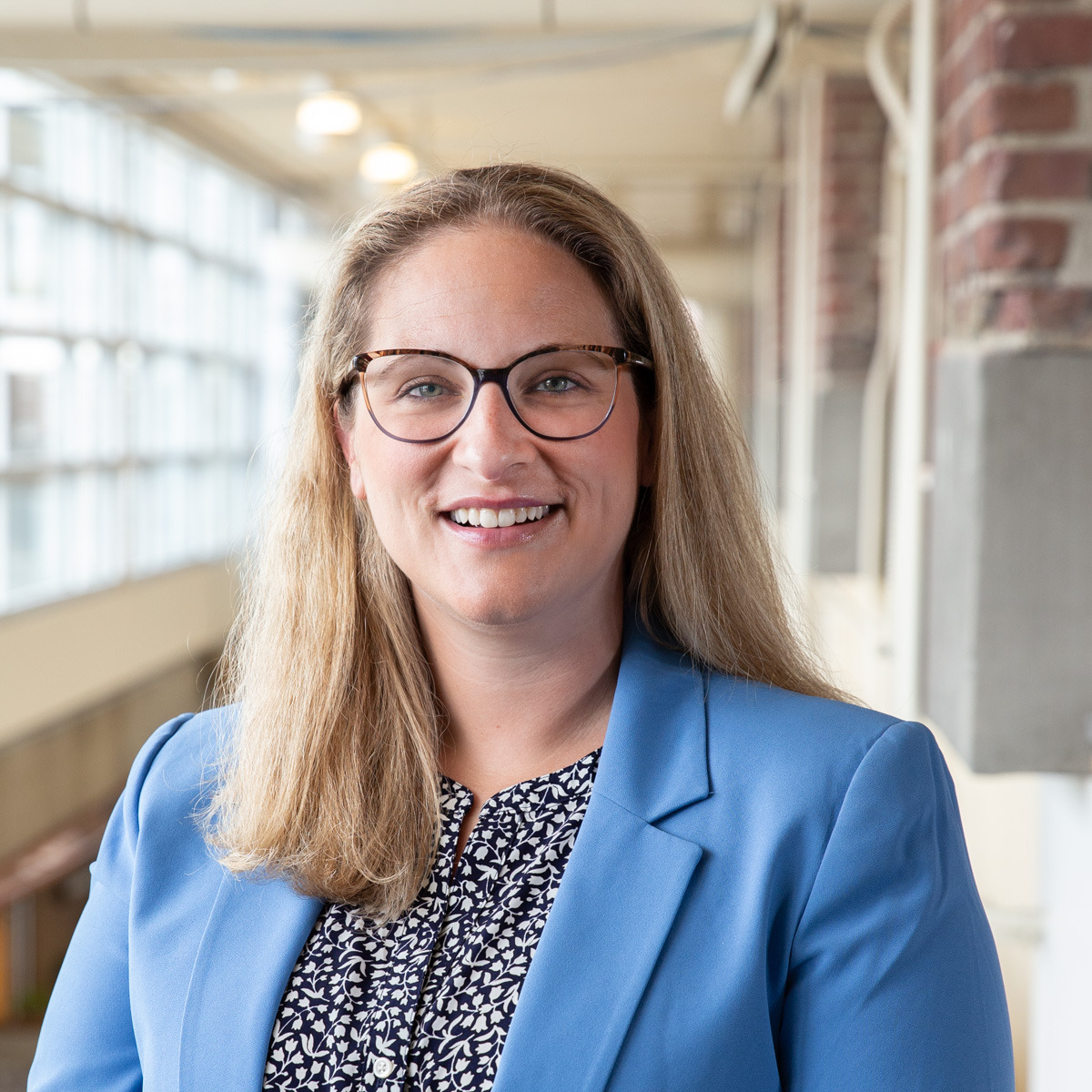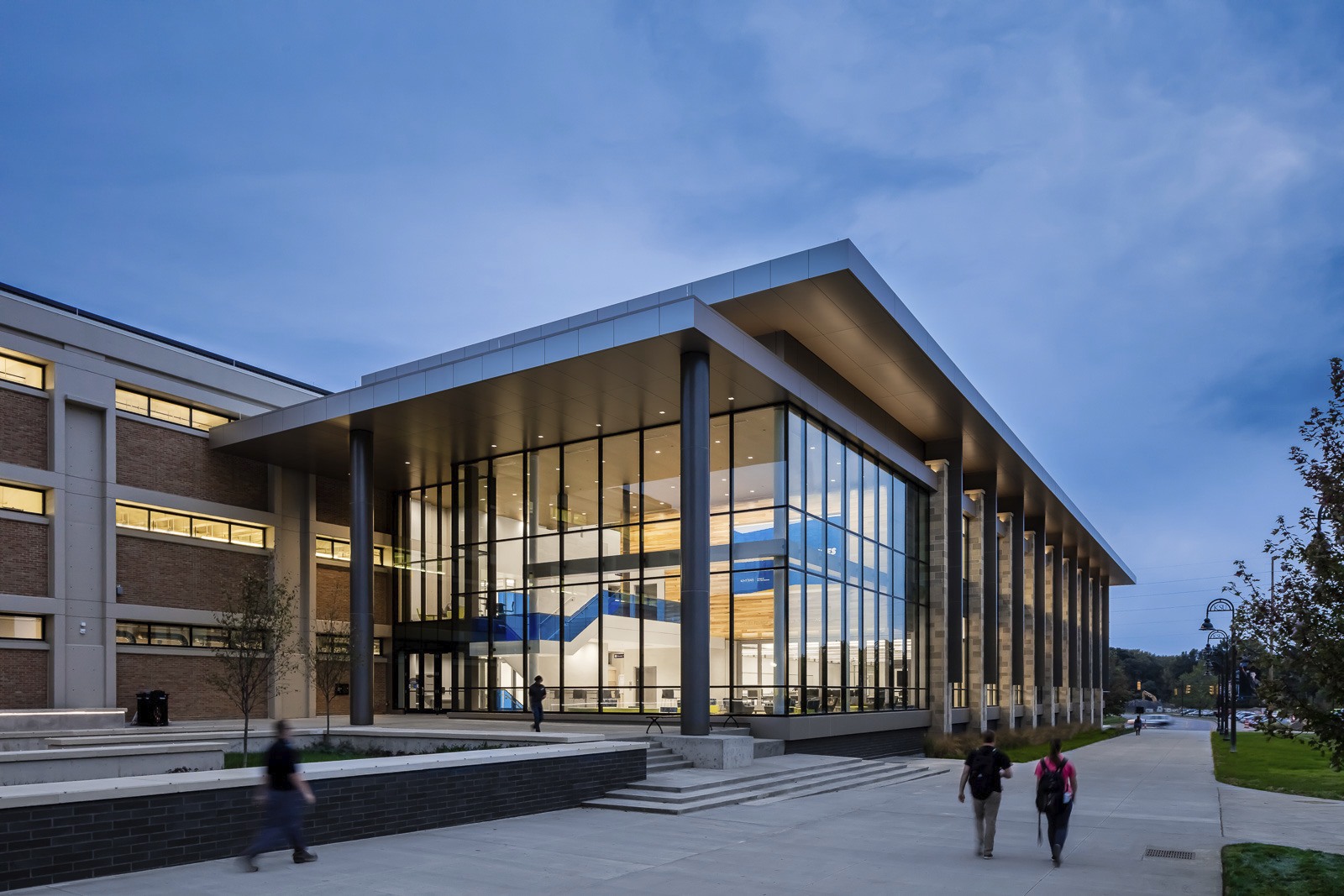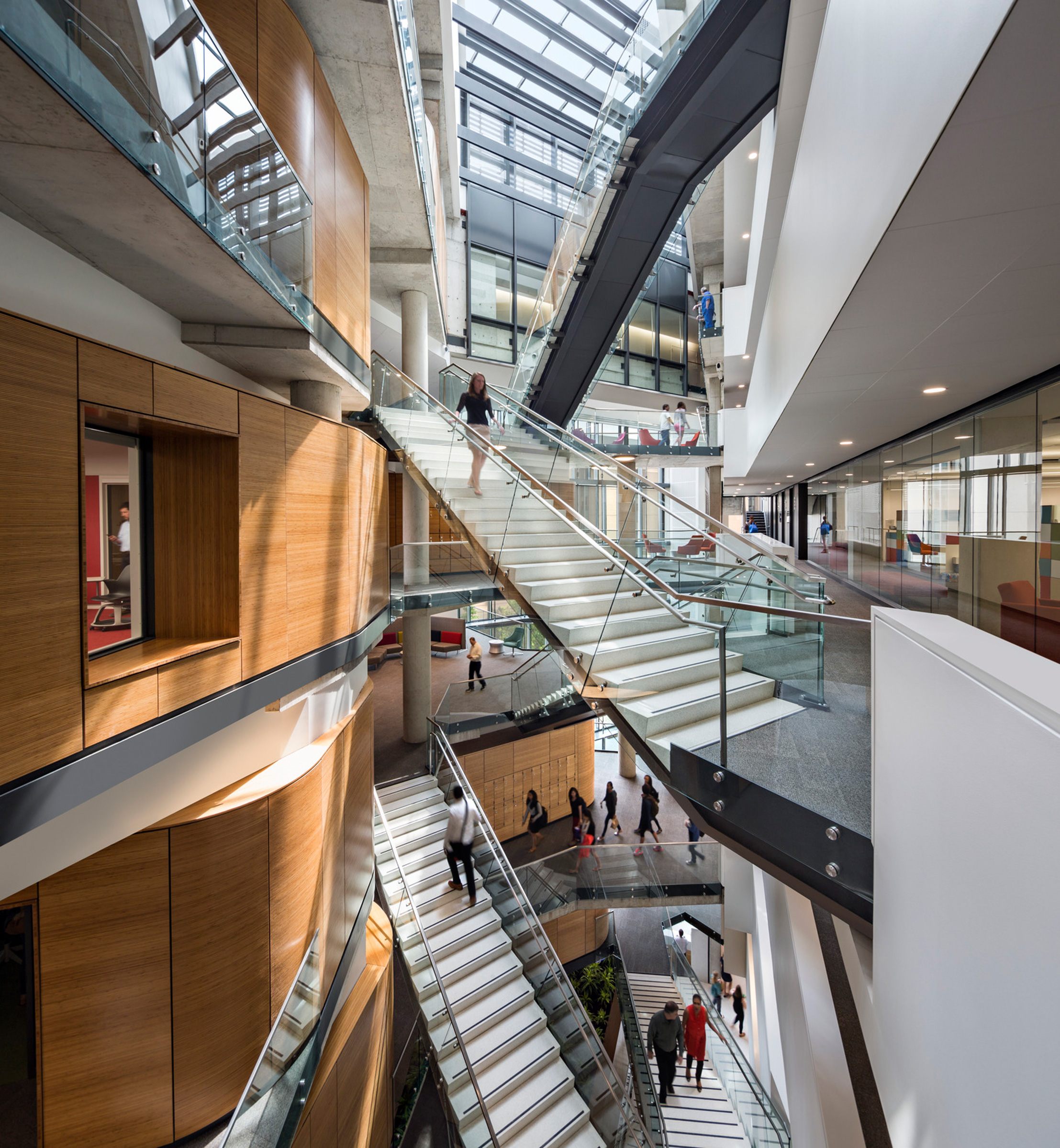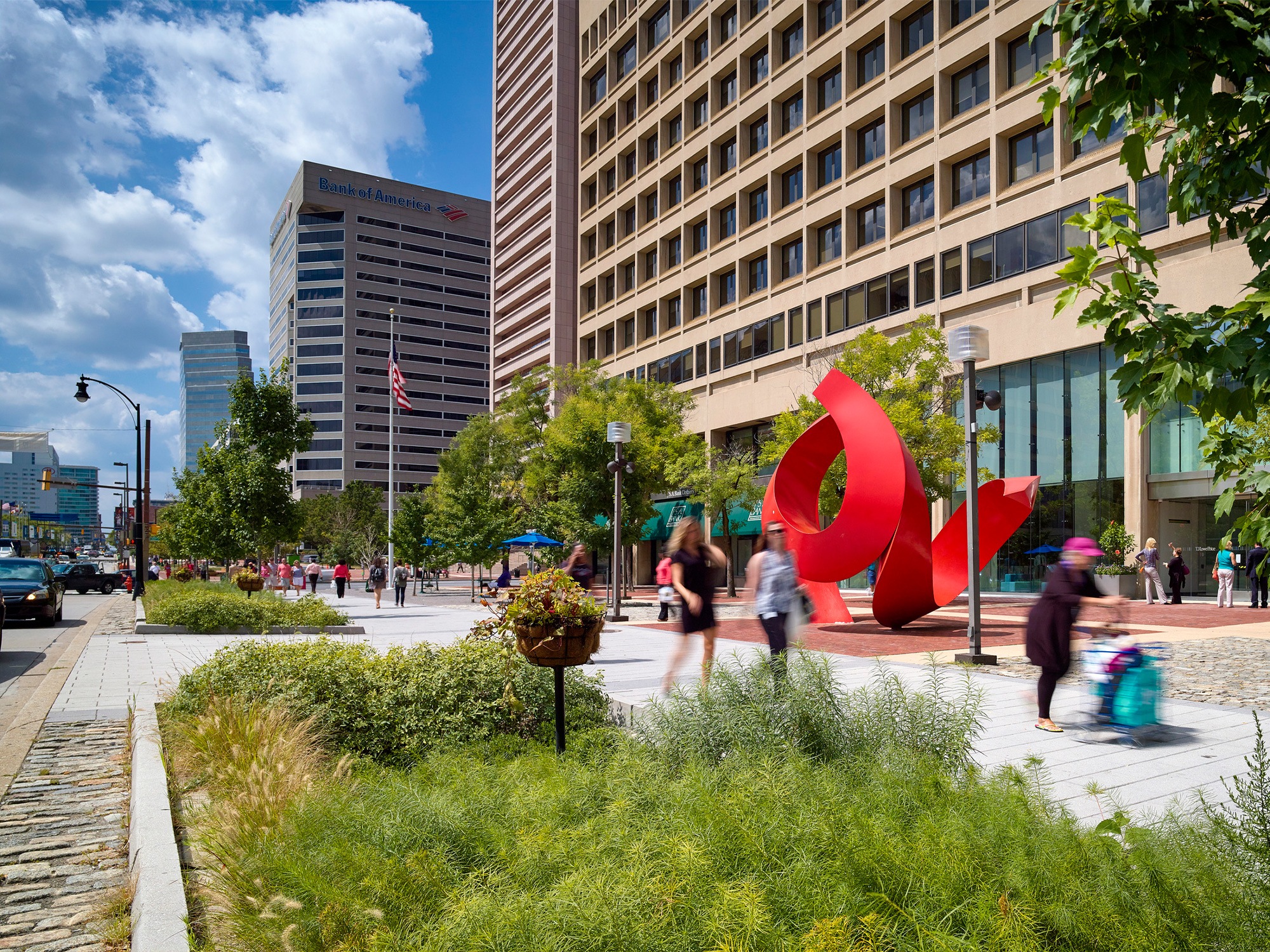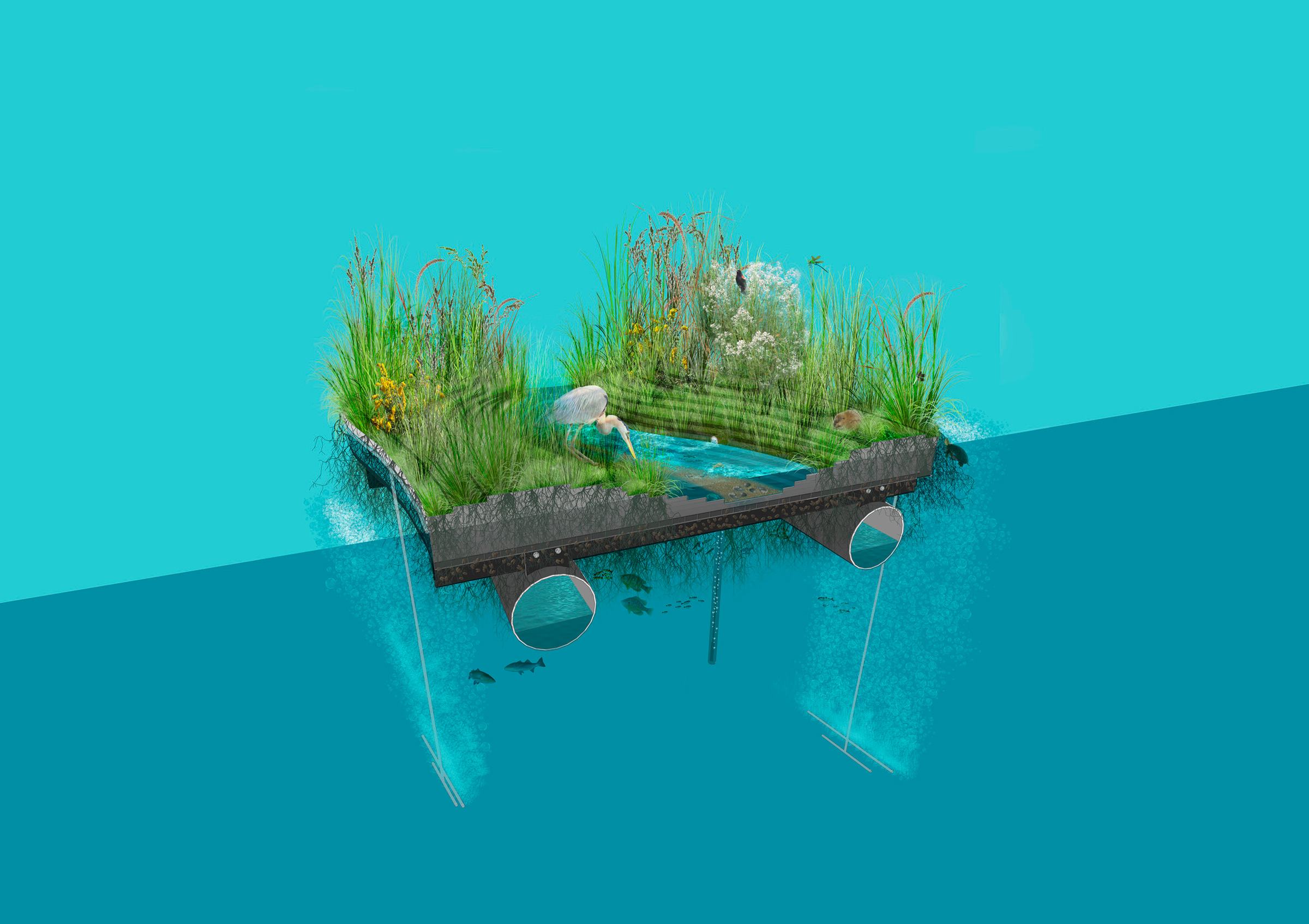Since 2013, Ayers Saint Gross has hosted an annual Green Week to elevate sustainability literacy within our staff, advance high-performance designs for our clients, reflect on sustainability achievements, and plan for the year ahead. Our firm continues to energetically advance the diverse interests of our clients and communities. It feels particularly important to celebrate Green Week this year, the 50th anniversary of Earth Day.
The global scientific community agrees that preserving our way of life requires keeping global warming below 2°C. Past 2°C, climate change will accelerate and become irreversible – the planet will warm until humans can no longer survive. The scientific community has established a carbon budget of 500 GtCO2e. This is the total amount of carbon human activities can emit from this day forward and stay below 2°C. Annual CO2 emissions today are approximately 40 GtCO2 per year. If we maintain the status quo on annual carbon emissions, in about 12 years global warming will accelerate. The time to act is now and as practitioners in the built environment, we play a critical role.
The AEC industry’s discussion of sustainability has historically focused on operational carbon emissions from building operations. Keeping buildings at appropriate temperature and humidity, electric lighting, and powering our plug-in devices are responsible for approximately 30% of annual carbon emissions. Missing from this dialogue, however, has been an appreciation for the embodied carbon of the actual materials from which the built environment is constructed. Industrial activity is responsible for approximately 40% of annual carbon emissions, of which half is tied to the production of concrete, steel, and aluminum alone. Concrete, steel, and aluminum are significant components of our built work as an interdisciplinary design firm, and we need to aggressively reduce the amounts of those materials we design in developing our clients’ built environments.
This week, we’ve been hosting teleconference meetings across our organization to share information that will help us in our quest to reduce embodied and operational carbon emissions from our design portfolio 50% by 2030.
These sessions included Baltimore City’s Sustainability Director, Lisa McNeilly, highlighting the creation of the Baltimore Sustainability Plan and how it’s been implemented and tracked. The Plan is framed to lead with equity and when plans, programs, and policies are implemented at the intersection of equity, economy, and the environment, outcomes are often more relevant, impactful, and longer lasting. FSi Engineers’ Ben Roush broke down the basic concepts and principles behind net-zero buildings and spoke on lessons learned over many net-zero projects. A trio of professionals from Thornton Tomasetti – Alexandra Davis, Christopher Williams, and Paul Becker – addressed why embodied carbon matters, how to identify carbon “hot spots” in a building, whether wood is truly good, and what questions architects should be asking structural engineers from the start to influence positive change and drive progress toward the AIA 2030 Commitment’s goals.
We reflect on our AIA 2030 Commitment results, the predicted energy use intensity of our whole building projects, and the lighting power density of our interiors projects. We’ve recorded this data since 2011, which enables us to recognize and reward the most energy efficient of these projects from the previous calendar year with our annual Carrot Awards to inspire other projects to strive for greater energy efficiency.
We believe sustainable design and great design are the same. Our highest performing projects under design in 2019 illustrate strategies every project in our firm aspires to achieve.
We’re pleased to announce this year’s Carrot Award winners are the Elon University Engineering and Physics Building and the Denison University Residence Hall Renovations. Congratulations to the design teams of these projects!

